A couple of months ago I got myself up very early one Sunday and travelled to Plymouth to take some photos for the production company of a stage production called “The Simon and Garfunkel Story”. As I do with most of my professional work, I shot the job with the work kit: the Sony A7riii and various Zeiss lenses. In between the times I was shooting for the client, I also shot for myself with my own camera: the Leica M10-P and the 50mm ZM Sonnar. I got the results I wanted with both cameras, but the experience and reasoning behind shooting each of them was very different.
If there’s one thing I’m an advocate for as a photographer it’s using the right camera for the job – but I do caveat that by saying that I think there’s more to what makes the right camera than the conventional or more objective ways it’s possible to judge the things. I’ve previously reviewed a Sony A7 series camera here – quite unfavourably in some regards – but for all the things that continue to frustrate me about them, I still mostly shoot Sony cameras when I’m being paid. The third generation cameras have definitely improved upon a lot of what used to frustrate me about the second-gen cameras, though the abundance of buttons and features still overwhelms me in use.
Despite this, ultimately, they do feel like the right cameras for the job when it comes to this sort of job. Easy and reliable control over exposure with direct feedback in the viewfinder, good resolution, high dynamic range, good low light performance (both in terms of the results and how well the AF works), and “eye AF” that finds and locks onto eyes when your shooting in continuous AF all make for a camera that’s so easy to shoot that I hardly have to think about what I’m doing beyond framing. This is pretty much what I said about the previous-gen A7rii – all this stuff make my job very easy in terms of fulfilling my goals for the end result and reliably nailing the brief for the client.
That said, process of actually taking the photos is quite a bit less rewarding than I experience when I shoot with some of my other cameras. Now, a lot of the time, I must admit, this doesn’t bother me so much these days. When I’m working I just want to get the job done and get out as efficiently with the best results I can achieve. That in itself is fulfilling enough without so much of a need to enjoy the process of actually taking the photos.
In the case of this particular job, the brief was very simple. I was required to take a series of images that could be used for the reissue of the performance programme and promotional materials. The show has been running for years, but the guys who perform it have changed a few times. As such, I was there in the afternoon before the show started to capture the guys on stage in their outfits as if they were playing in front of a crowd. It’d spoil the show a bit having me run around on stage during a performance, so they just played a few bits of a few songs with the lighting as it would be when they played to the audience later.
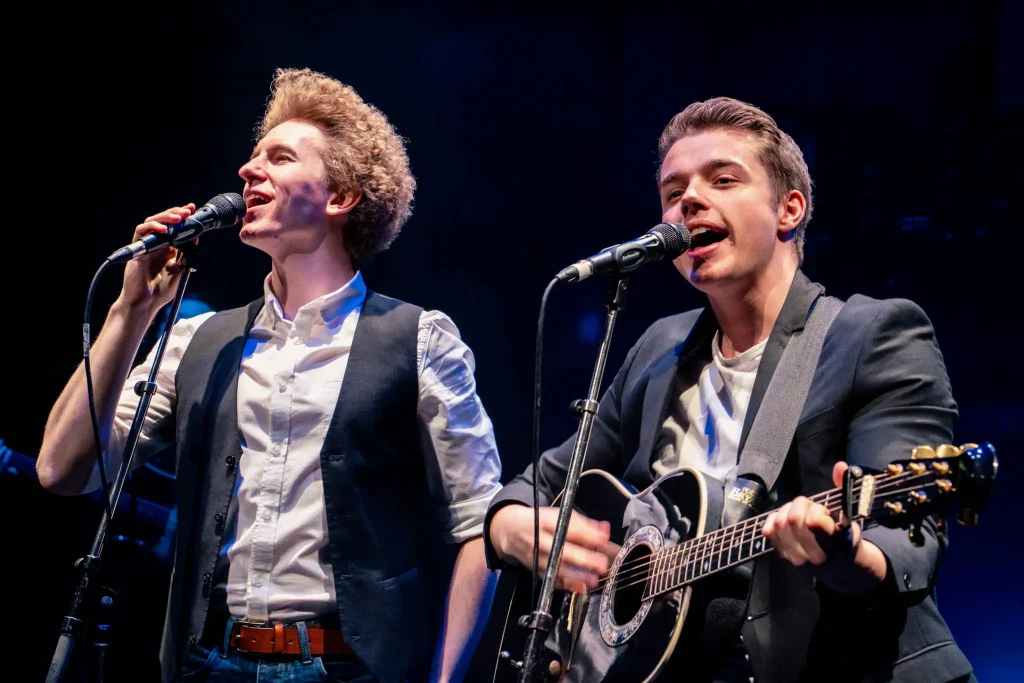
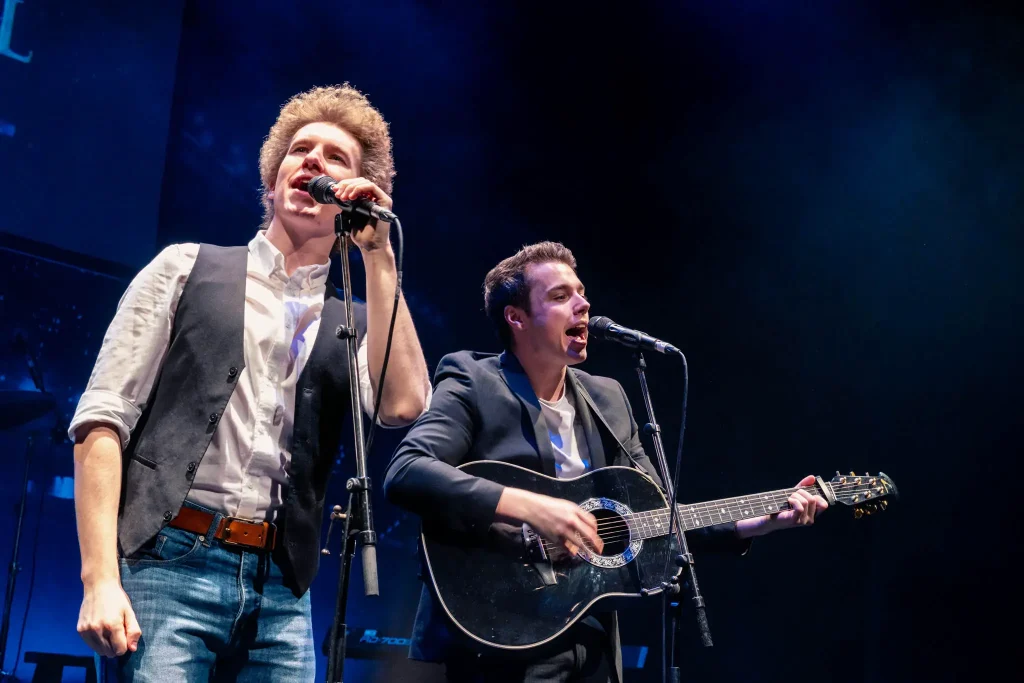
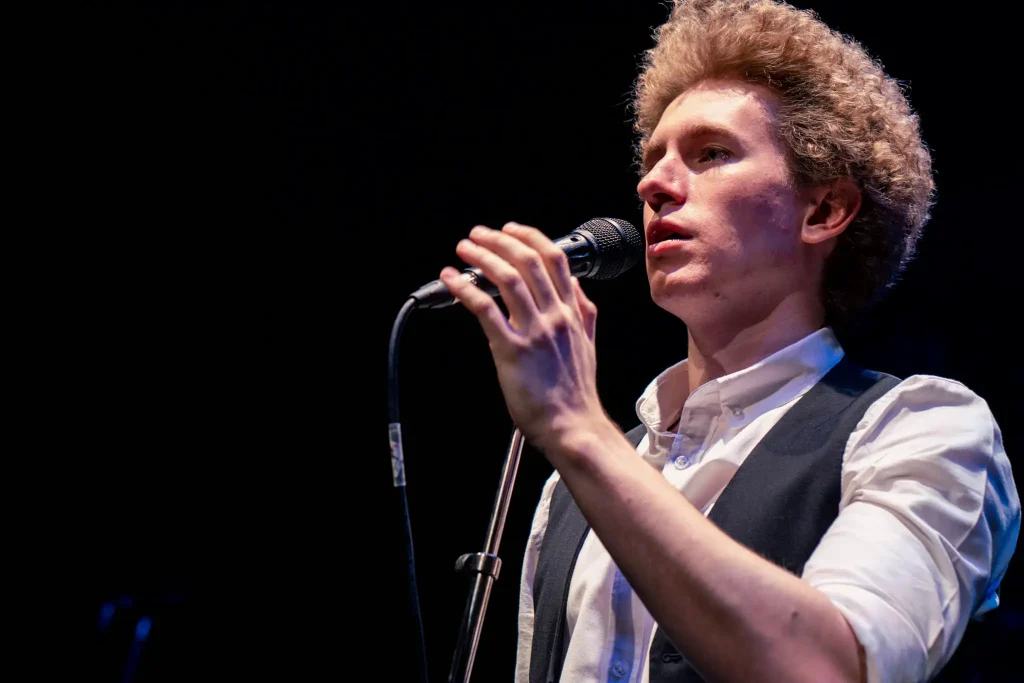
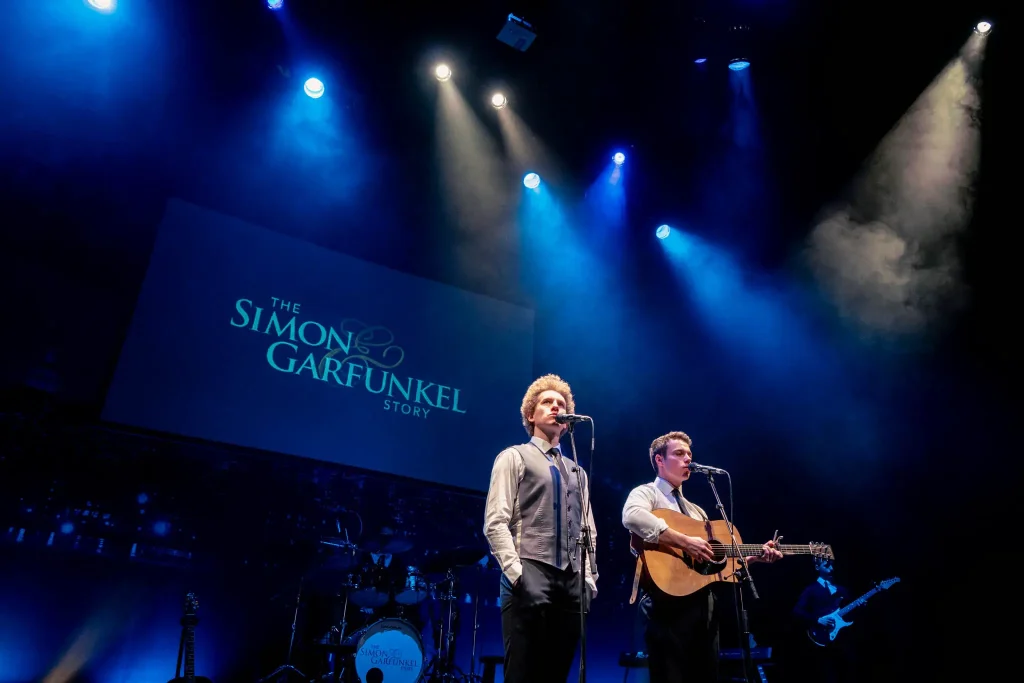
The only other shots I was asked to take were a couple that included the audience and one from the back of the stage as they were taking a bow at the end of the performance.
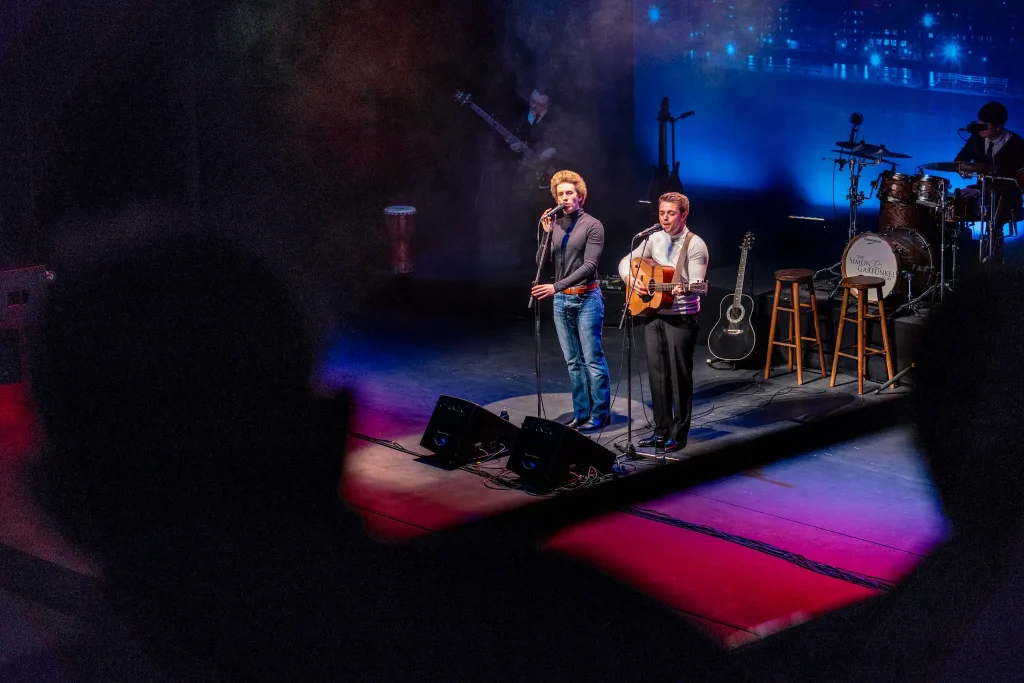
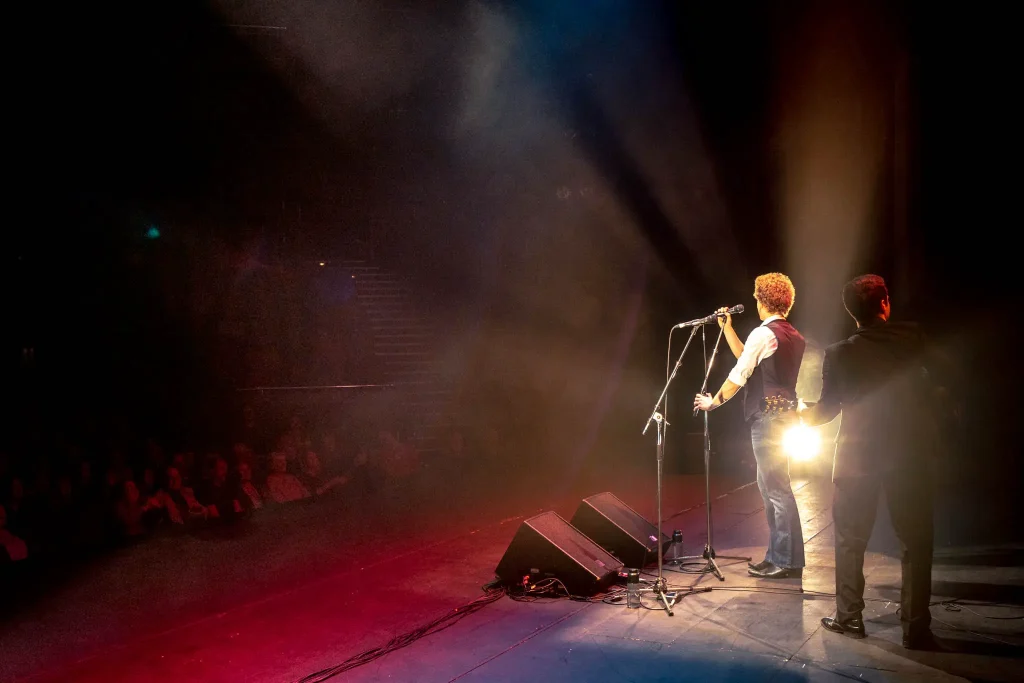
I can tell you one thing for free, running on stage and jumping up onto the drum riser and taking these next couple of photos in front of all those people was quite exciting!
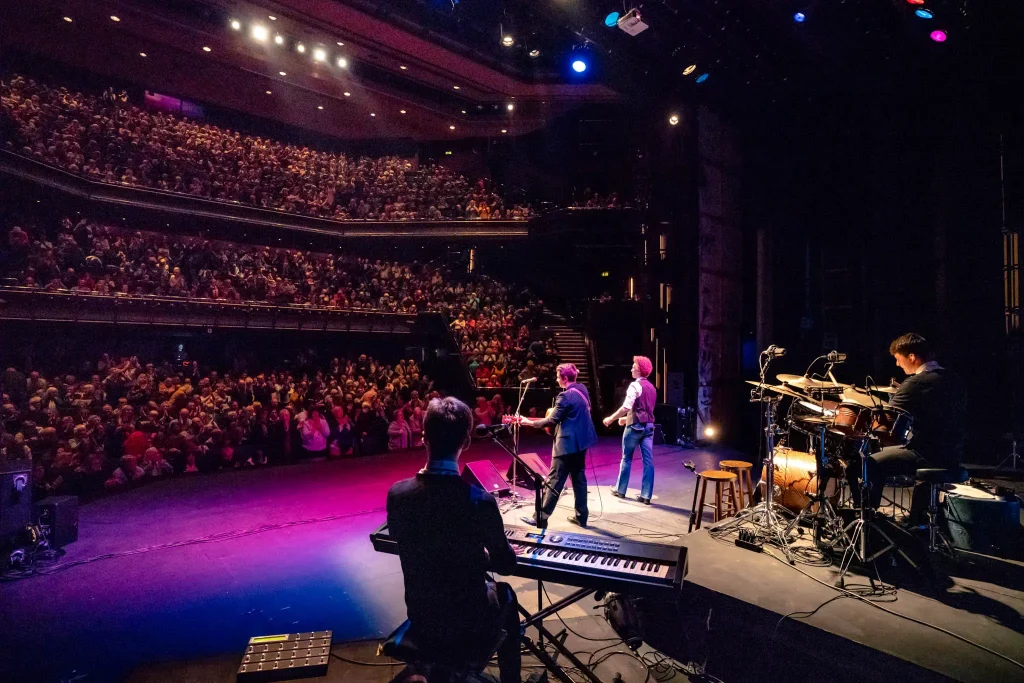
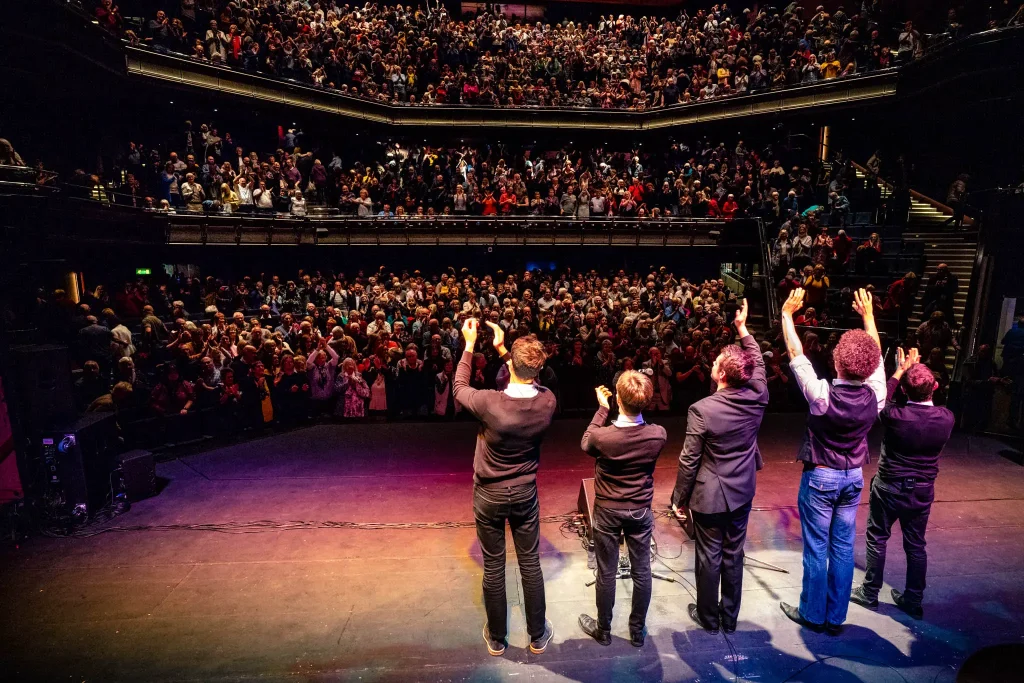
Job done, brief fulfilled, and as it turned out the client was really happy with the images! On this particular job though, I knew there was going to be a lot of time that I wasn’t working. It was in Plymouth, which is 3 hours from where I live, and with the shoot being split into a bit in the afternoon and a smaller bit in the later-evening, I knew there was going to be some time and potential for me to take a few photos that were outside of the brief, just for my own enjoyment. And if I know there’s going to be an opportunity for me to spend some time indulging in what feels to me to be a more true photographic experience, then I will take a camera that can give me those kicks – in this case, the Leica M10-P
I’d chatted to the client on the way down about whether or not the guys would be happy with me taking some backstage shots. He assured me they wouldn’t mind. As it turned out, they were more than happy with me snapping away. To be honest, this doesn’t feel like a complete set of “backstage” images. I think I’d have to follow them round for a few shows to tell a more full story, and really capture the people and activity behind the performance, but I feel like I did manage to capture something of that in the few hours I had.
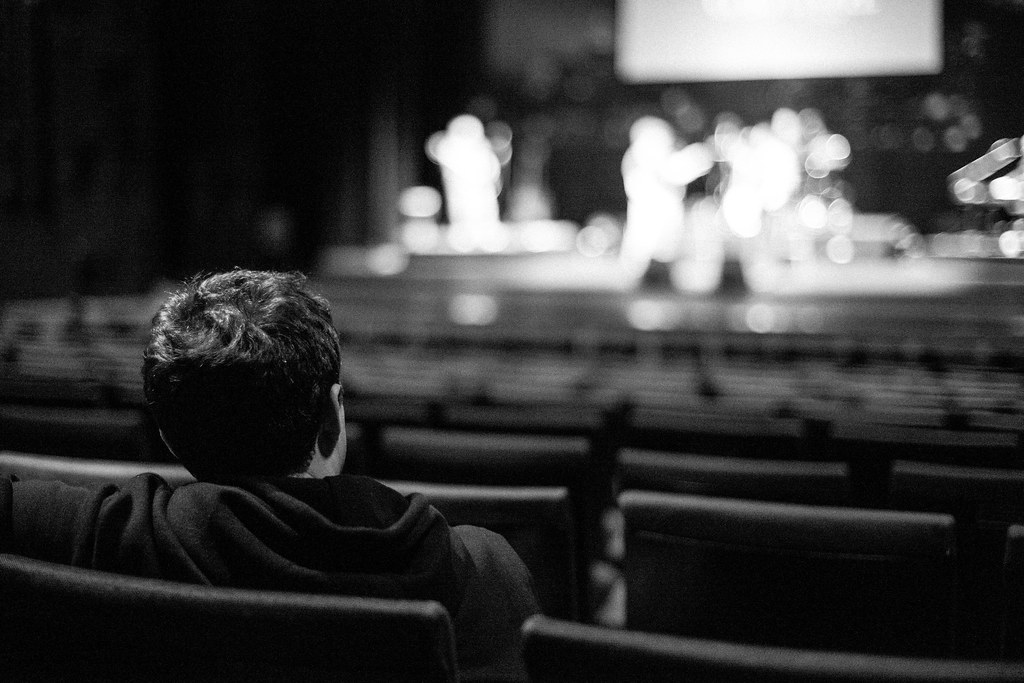
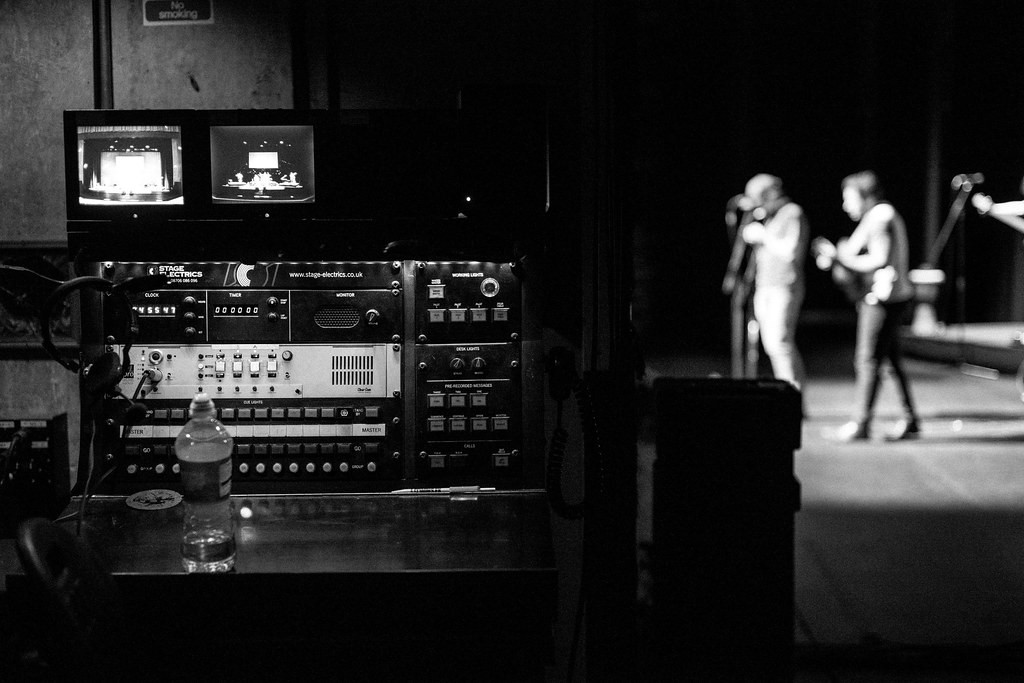
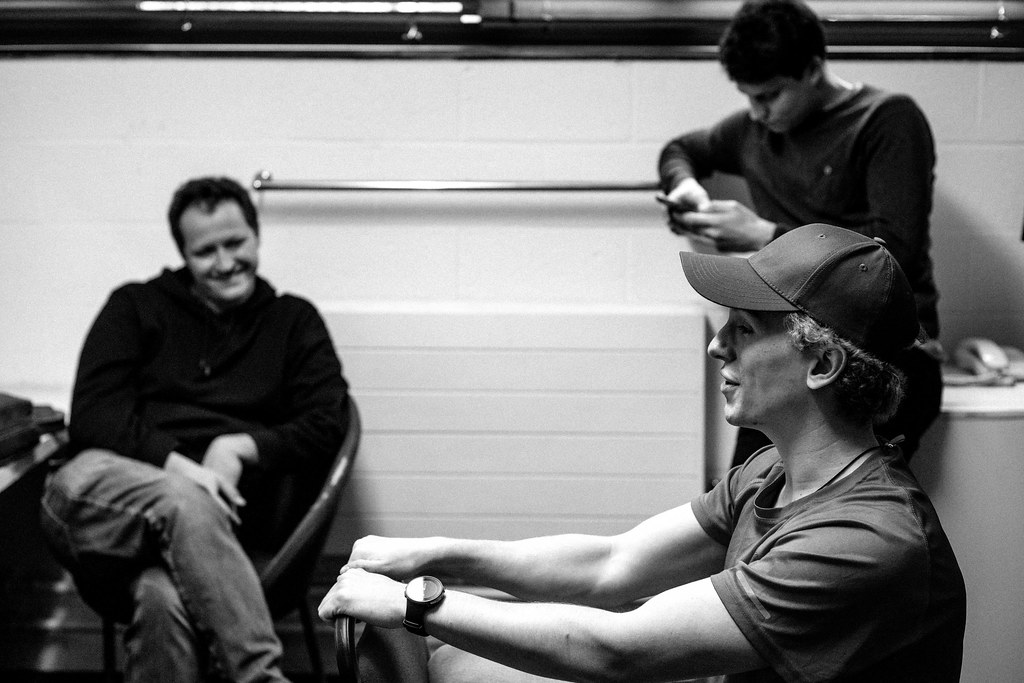
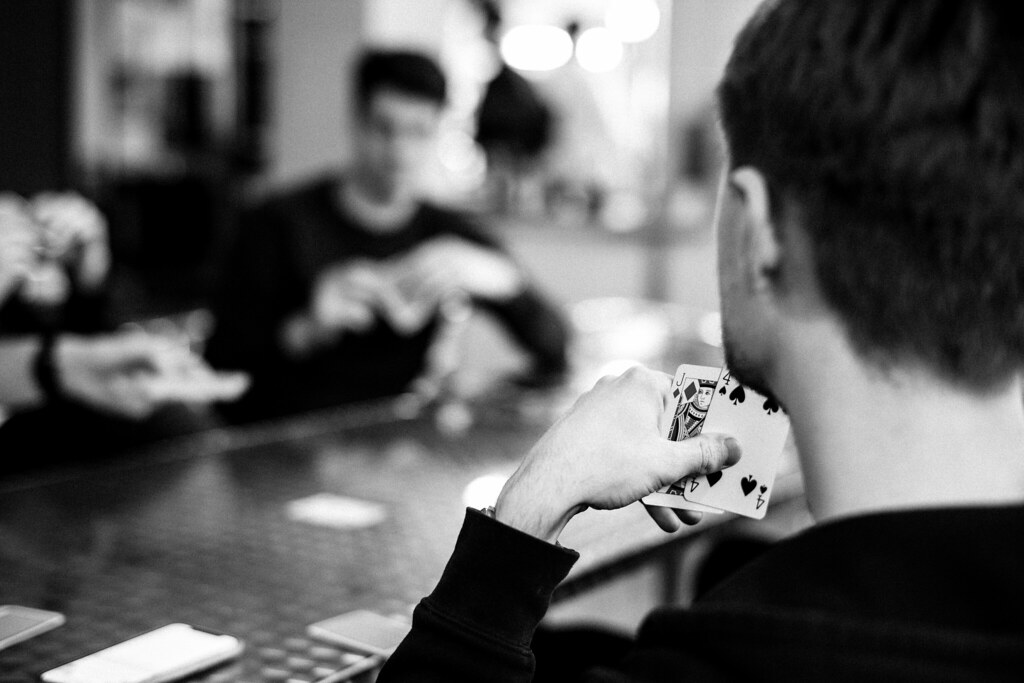
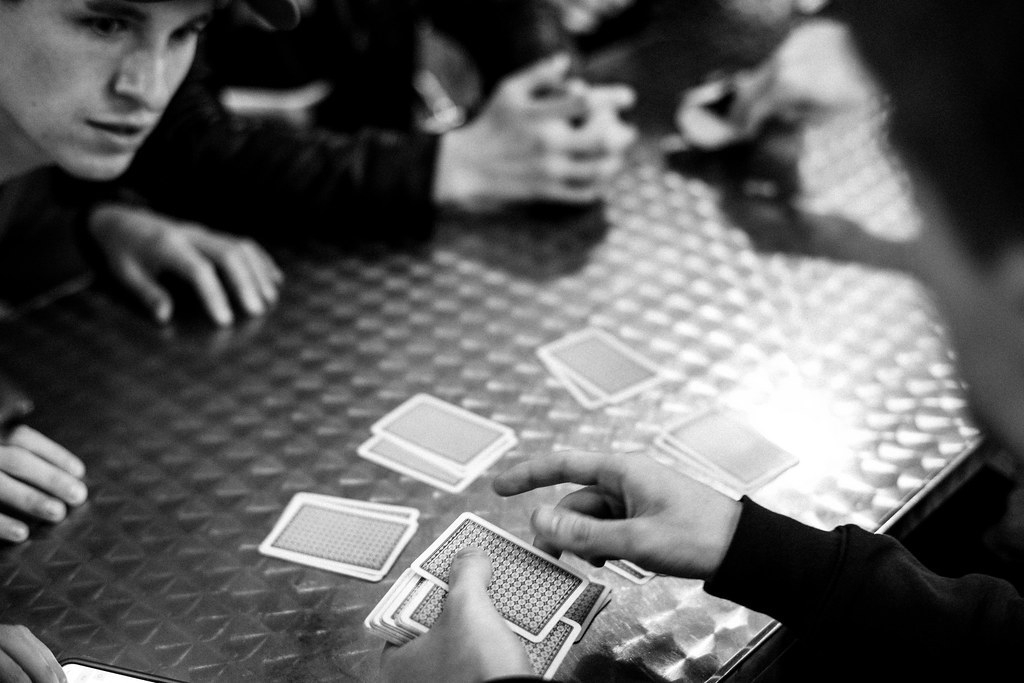
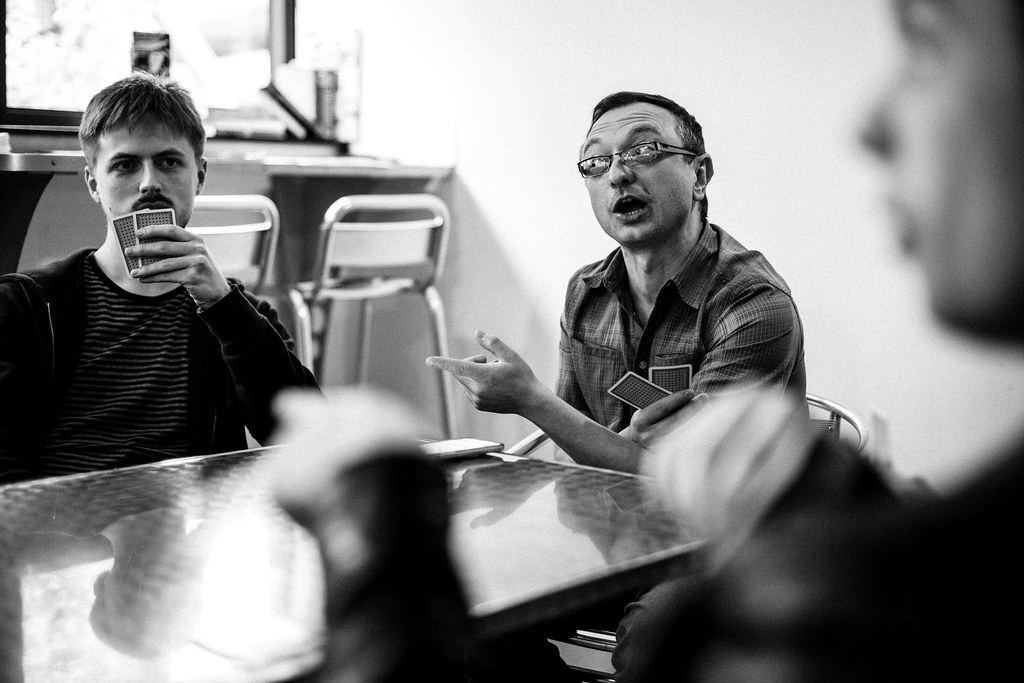
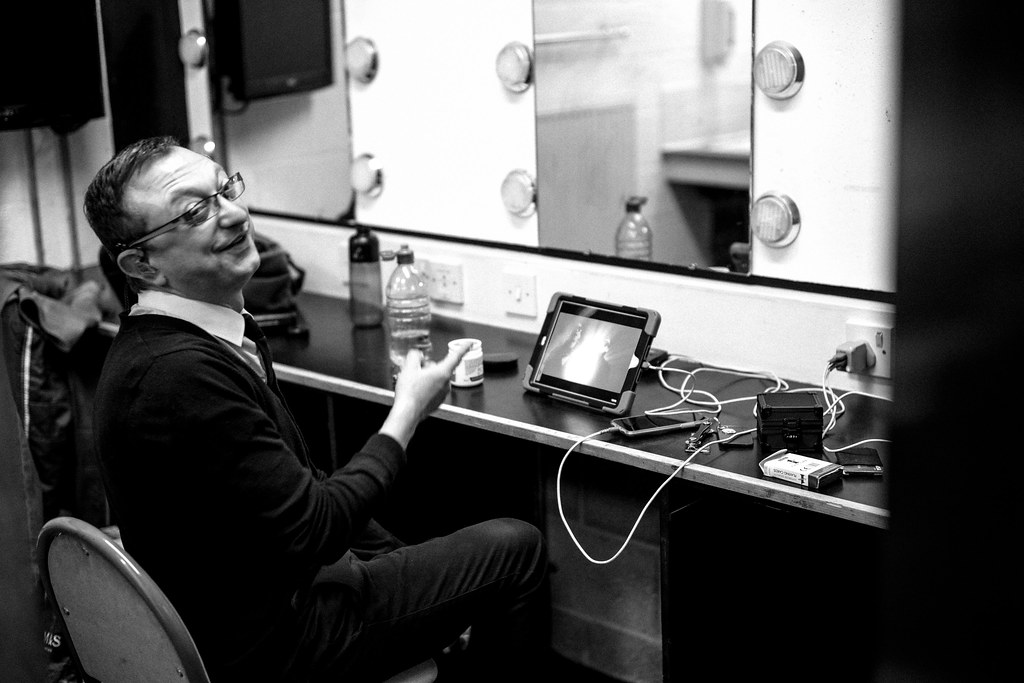
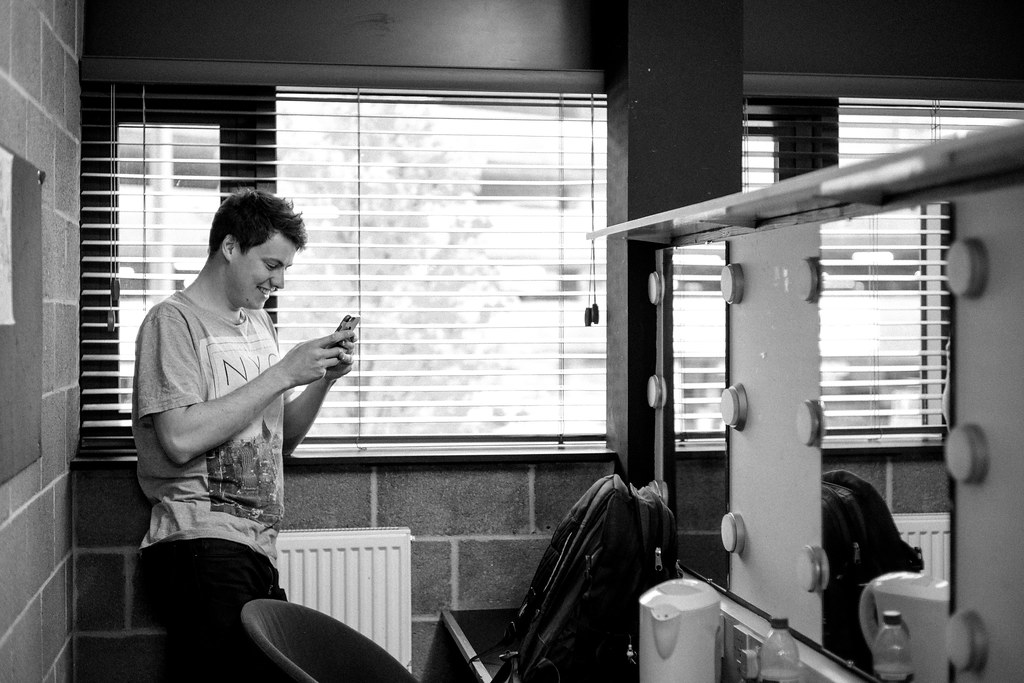
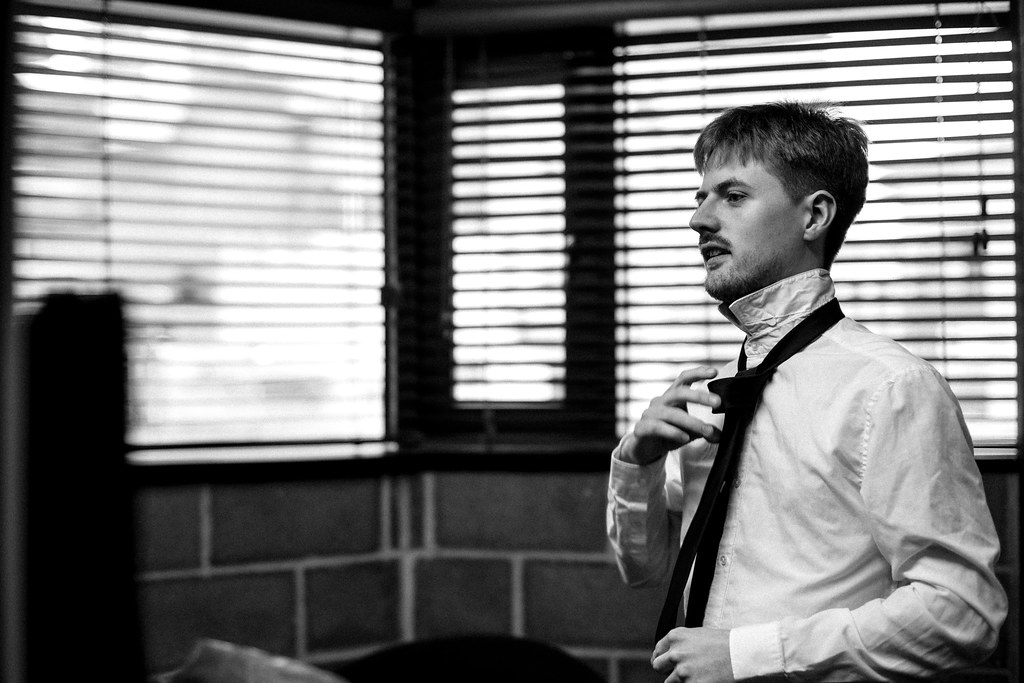
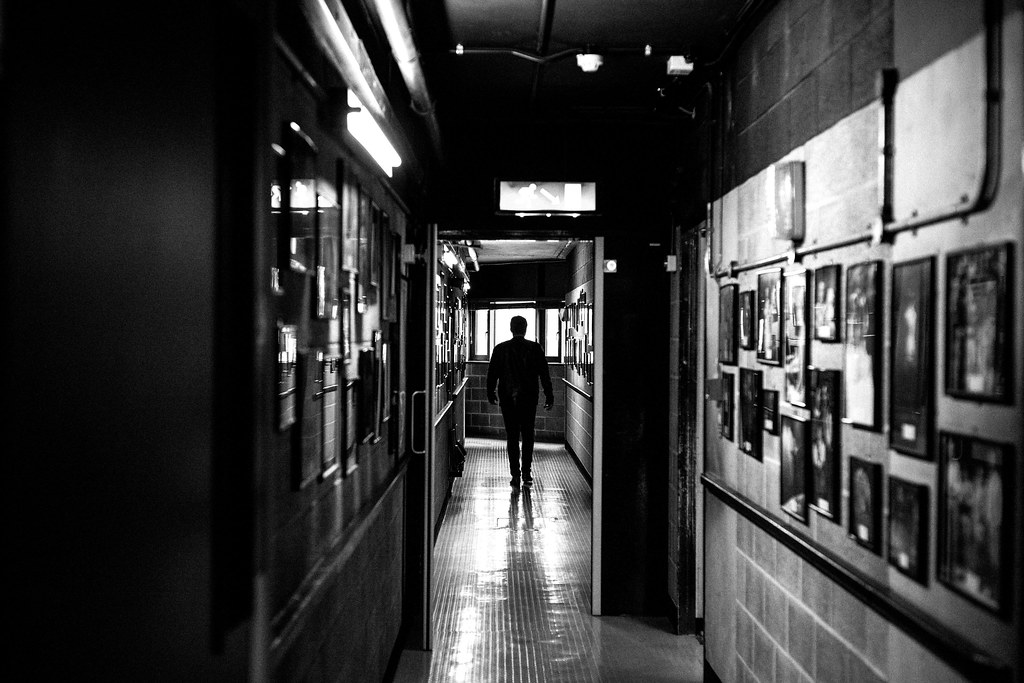
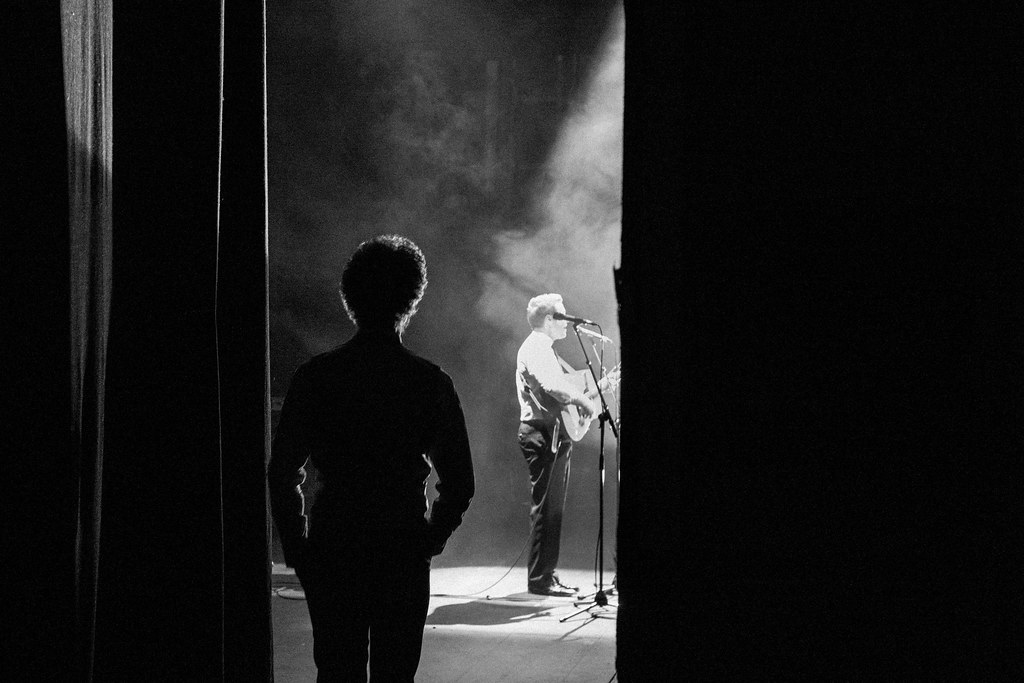
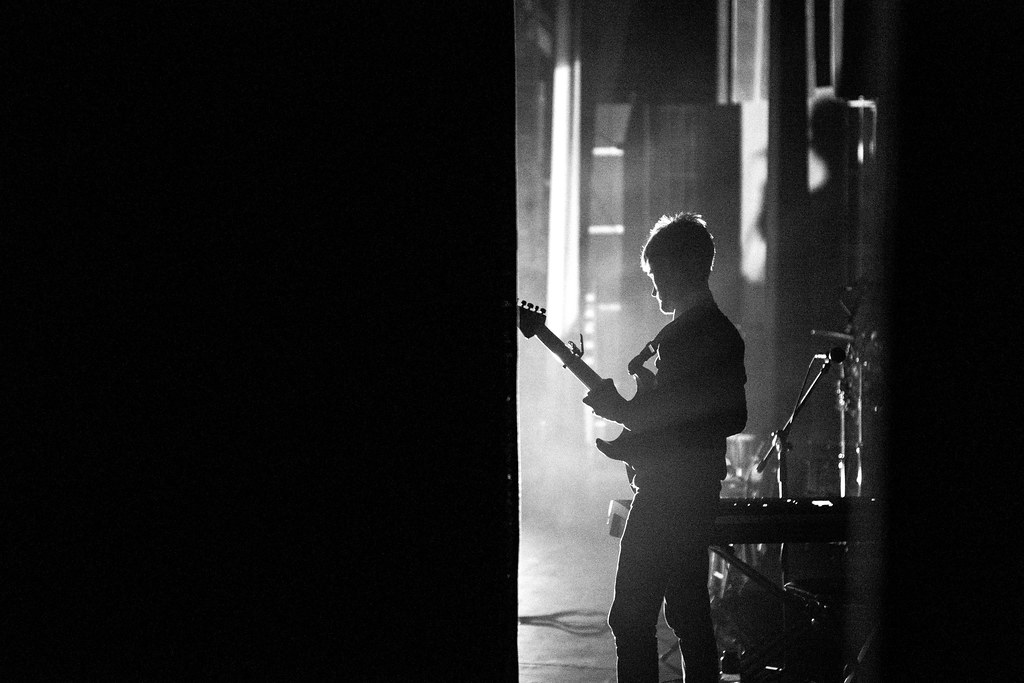
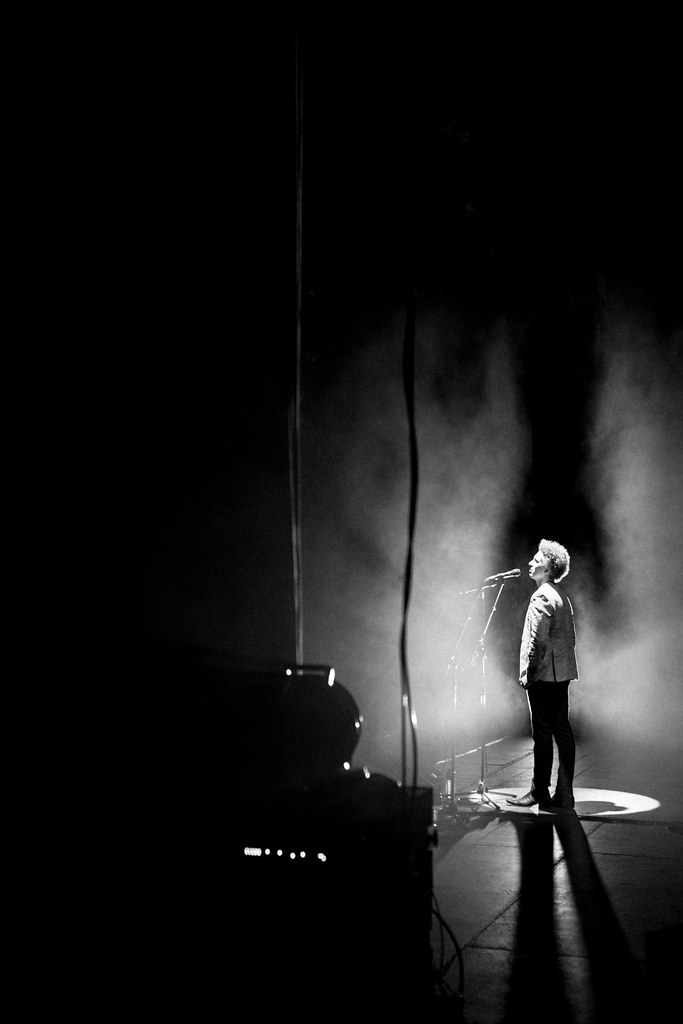
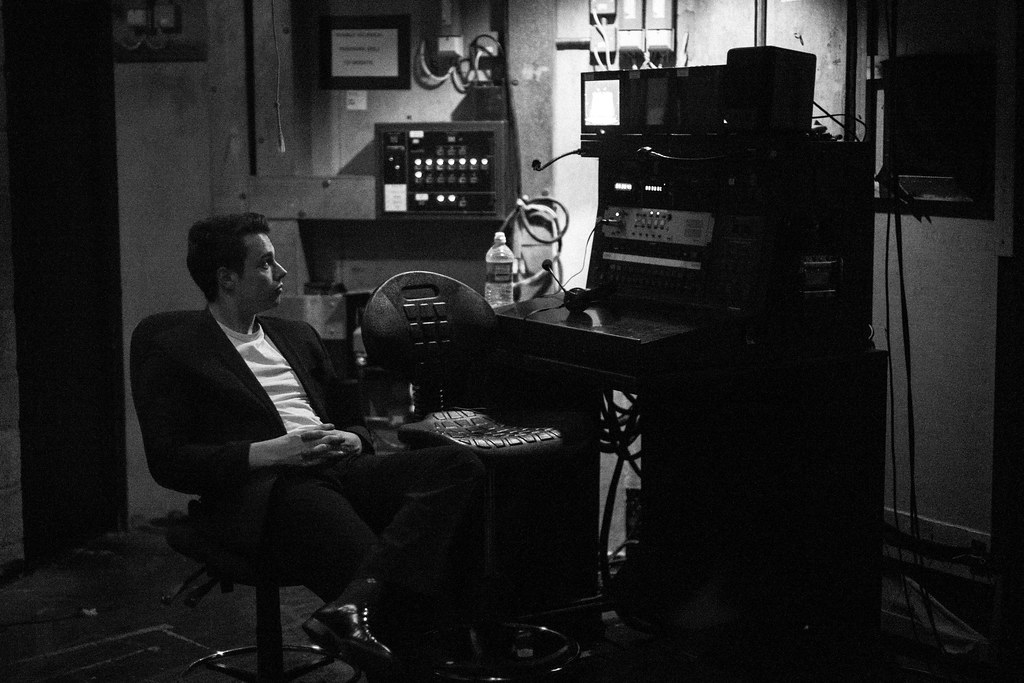
Regardless of the extent of the outcome, the experience really reminded how different I work with different cameras, and how they impact on my approach – and I don’t just mean in a technical or objective sense. As I’ve said, shooting with the Sonys feels much more about getting the job done efficiently, but shooting them – however used to them and comfortable I am with them – still feels like I’m quite disconnected from a photographic process and am just doing a “job”.
When I pick up a more simple and stripped back camera like my M10-P, I feel much more connected to what I’m doing as a photographer. It’s this that makes it feel more like the right choice for being more creative or telling a story within my photos, rather than just achieving a pre-specified goal for a client.
Of course, to a degree, this is probably a load of nonsense – there are certainly a lot of people out there who’s experience and preferences are different to mine. And it’s true I could have taken the backstage images with the Sony and likely got the exact same – if not objectively better – outcome. The point I’m trying to make though there’s more to me in terms of what makes a camera the right one for the job than just the objective factors. The right camera for the job can also be the one that gives the greatest sense of connection to the process and subject matter. Ultimately, the right camera for the job is the one that – for whatever reason – feels like it’s the right one to the photographer who’s taking the photos… and in my case, that can be two very different cameras, even on the same day!
Share this post:
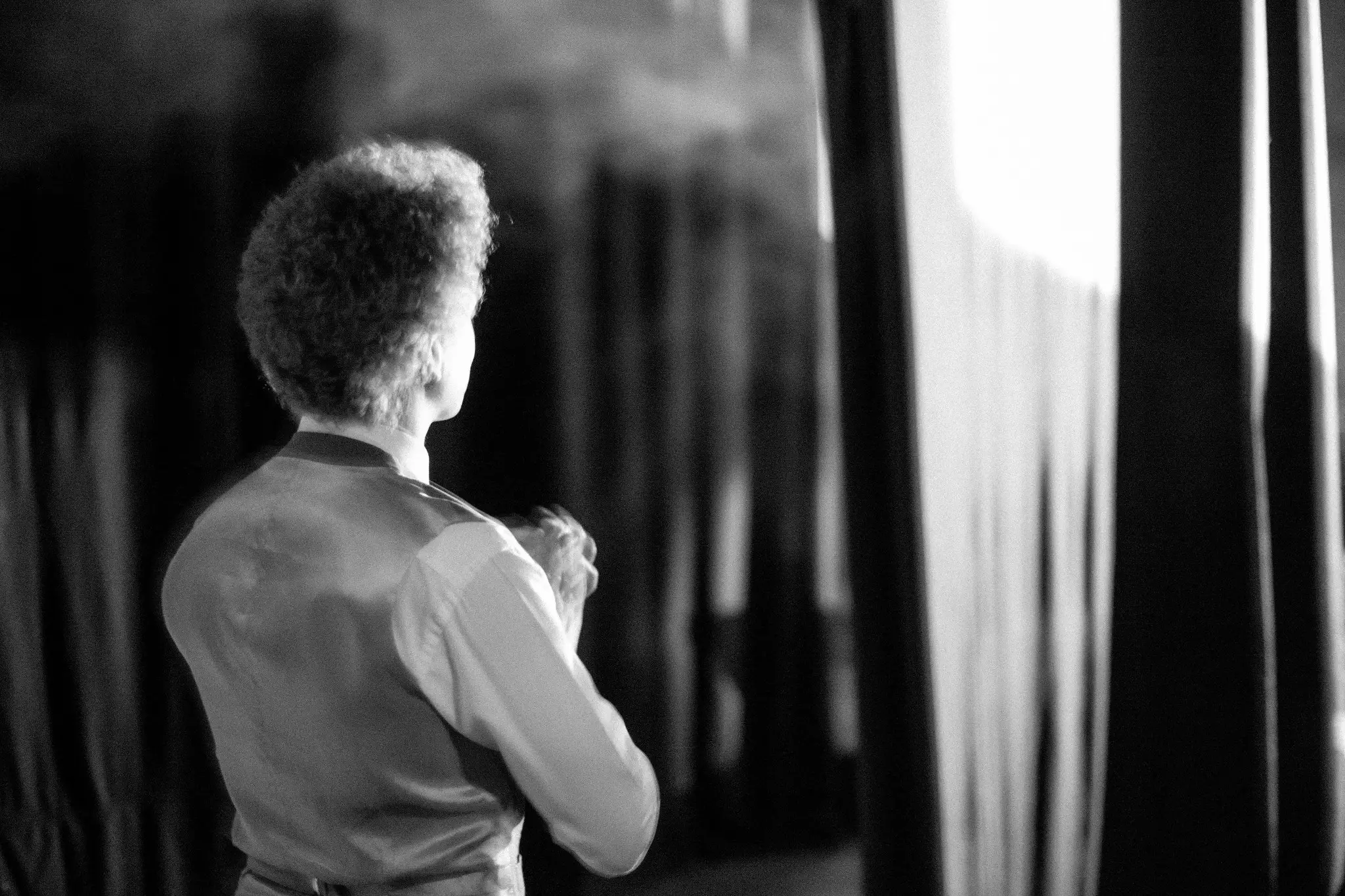








Comments
Adam Laws on Leica M10-P vs. Sony A7riii and Shooting the Simon and Garfunkel Story
Comment posted: 17/06/2019
I totally concur with you. The Sony’s are great image making tools when you need to get the job done. The horrendous menu trees and superfluous options just make the camera less enjoyable to use making me feel somewhat disjointed from the shooting experience - I might as well be shooting with my phone.
When I’m shooting with a Leica or a more manual offering everything feels more personal and considered, which I like to think is reflected in my images.
Comment posted: 17/06/2019
Steven. Segal on Leica M10-P vs. Sony A7riii and Shooting the Simon and Garfunkel Story
Comment posted: 17/06/2019
Comment posted: 17/06/2019
Charles Morgan on Leica M10-P vs. Sony A7riii and Shooting the Simon and Garfunkel Story
Comment posted: 17/06/2019
Comment posted: 17/06/2019
Nick Lyle on Leica M10-P vs. Sony A7riii and Shooting the Simon and Garfunkel Story
Comment posted: 17/06/2019
Comment posted: 17/06/2019
Roger B. on Leica M10-P vs. Sony A7riii and Shooting the Simon and Garfunkel Story
Comment posted: 17/06/2019
Comment posted: 17/06/2019
Neil on Leica M10-P vs. Sony A7riii and Shooting the Simon and Garfunkel Story
Comment posted: 17/06/2019
I guess if I'm being really objective you perhaps feel 'safer' using the Sony kit for professional assigments as you know with all it's features and assistance it's going to hit the mark more than the M, but the M is just a better device to use for personal stuff because it's so simple and well designed.
Comment posted: 17/06/2019
phlogger on Leica M10-P vs. Sony A7riii and Shooting the Simon and Garfunkel Story
Comment posted: 17/06/2019
David Hume on Leica M10-P vs. Sony A7riii and Shooting the Simon and Garfunkel Story
Comment posted: 18/06/2019
I thought it was odd and maybe a bit of shame that the Ryan McGinley shoot of Brad Pitt for GQ was digital when McGinley is known for shooting 35mm film, but there you go.
Comment posted: 18/06/2019
Douglas Fry on Leica M10-P vs. Sony A7riii and Shooting the Simon and Garfunkel Story
Comment posted: 18/06/2019
I went from Leica film, to Canon digital, a flirtation with Sony and now back to Leica. Funnily enough on the subject of focus, I find more shots in focus now than when I shot Canon or Sony, either on the M10 or SL (with M Lenses) if you commit to a set of lenses then focussing is very intuitive and fast, even at f1.4 or even 0.95 its rare images are out of focus and I wear glasses.
All my professional work is now on manual lenses and I find, because it is harder and requires more concentration, I get better pictures.
For me autofocus was a solution to a problem that never was a problem, there's nothing wrong with Sony or Canon of course, but the results I get from fast apertures on the Leica glass is definitley superior.
Simon Lipman on Leica M10-P vs. Sony A7riii and Shooting the Simon and Garfunkel Story
Comment posted: 18/06/2019
To carry on shooting on it when I suggested we shoot fast on a 1DXii (as we were extremely time restricted on that last day)!
Also the D version has allowed me to almost eliminate the computer for editing. I’ve been selecting, downloading and editing the RAW files onto my phone, finishing them and providing the client with HR Tiffs or jpegs right from my phone! It’s also allowed a rudimentary form of wireless tethering.
I hasten to say - for reasons that get branded around a lot these days when using digital cameras, that the final pics almost seem like film. At least to my eye, and after years of shooting both film and trying to emulate it with digital.
Great article and great shots. Look forward to seeing more that you shoot on this camera.
Comment posted: 18/06/2019
Joseph Wang on Leica M10-P vs. Sony A7riii and Shooting the Simon and Garfunkel Story
Comment posted: 19/06/2019
Comment posted: 19/06/2019
Bruno Chalifour on Leica M10-P vs. Sony A7riii and Shooting the Simon and Garfunkel Story
Comment posted: 19/05/2020
Comment posted: 19/05/2020
Ken LaValle on Leica M10-P vs. Sony A7riii and Shooting the Simon and Garfunkel Story
Comment posted: 02/11/2020
Adam on Leica M10-P vs. Sony A7riii and Shooting the Simon and Garfunkel Story
Comment posted: 18/02/2021
Thanks Hamish
Comment posted: 18/02/2021
Aurelija Sapkiene on Leica M10-P vs. Sony A7riii and Shooting the Simon and Garfunkel Story
Comment posted: 27/02/2023